What are the types of MIG welding wire?
Metal Inert Gas (MIG) welding has become a cornerstone in the world of fabrication, enabling precision and efficiency in joining metals. One crucial component of the MIG welding process is the welding wire. With a plethora of options available, understanding the types of MIG welding wire is essential for achieving optimal results in diverse welding applications. In this comprehensive guide, we will delve into the various types of MIG welding wire, exploring their compositions, characteristics, and best use cases.
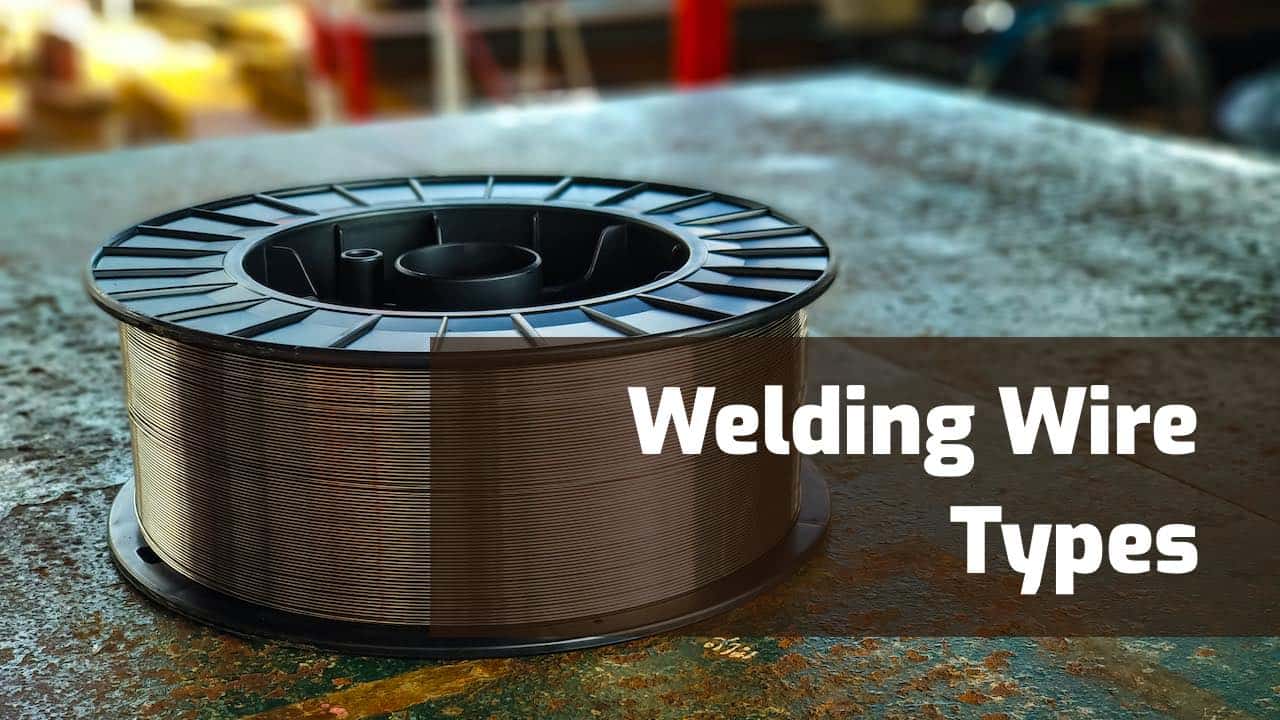
1. Solid Wire:
The predominant and flexible category of MIG welding wire is solid wire, characterized by a singular, continuous metal strand crafted from mild steel, stainless steel, or aluminum. Solid wires offer outstanding conductivity, yielding superior welds with minimal spatter. They find applicability across diverse fields such as automotive, construction, and general fabrication, with the selection of material contingent upon the unique demands of the welding undertaking.

2. Flux-Cored Wire:
Flux-cored welding wires are designed to be used without an external shielding gas. Instead, they contain a flux compound within the wire that releases a protective gas when heated. This feature makes flux-cored wires well-suited for outdoor welding where wind and atmospheric conditions may affect shielding gas effectiveness. They are available in both gas-shielded and self-shielded varieties, offering versatility for different welding scenarios.

3. Stainless Steel Wire:
Formulated exclusively for welding stainless steel, the MIG welding wire made of stainless steel is intricately blended with chromium and nickel. This alloying enhances the material’s ability to resist corrosion and ensures stability in high-temperature conditions. Widely applied in situations demanding welded joints with rust and corrosion resistance, this stainless steel welding wire finds frequent use in the construction of kitchen equipment, pipelines, and pharmaceutical machinery.
READ MORE: WHAT IS BUTTON HEAD SCREWS , AND PROPERTIES , APPLICATIONS
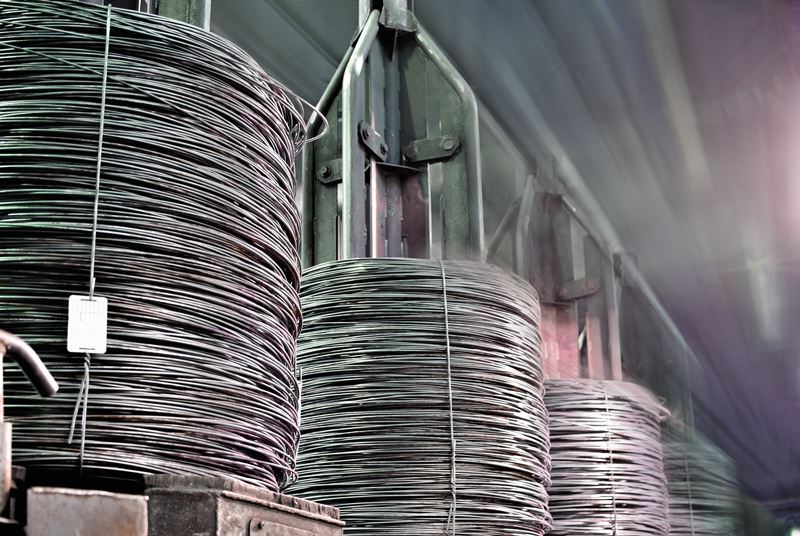
4. Aluminum Wire:
Aluminum MIG welding wire is designed for welding aluminum and aluminum alloys. It is softer and more ductile than other welding wires, making it well-suited for applications where flexibility is essential. Proper cleaning and preparation of the aluminum surface are crucial when using aluminum welding wire to ensure high-quality welds. These wires are widely employed in the automotive industry, aerospace, and marine applications.
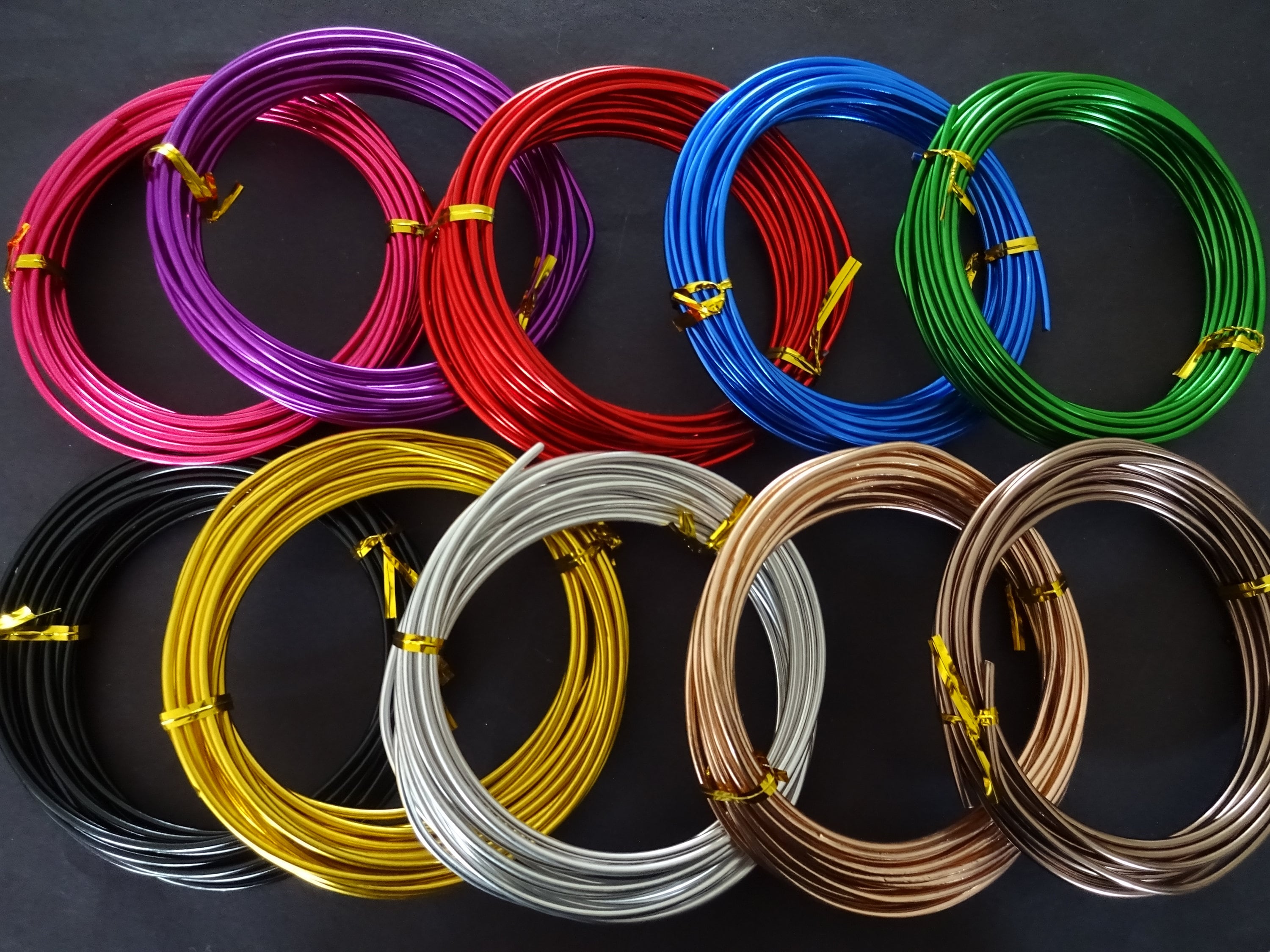
5. Carbon Steel Wire:
MIG welding wire crafted from carbon steel proves to be a perfect solution for joining low to medium carbon steels, providing outstanding weldability and cost efficiency. This makes it a widely favored option across diverse applications, including structural welding, manufacturing, and construction projects. Tailoring the wire composition enables the attainment of distinct mechanical properties, like tensile strength and impact resistance.
6. Low Alloy Steel Wire:
Low alloy steel MIG welding wire contains additional alloying elements such as manganese, nickel, and chromium to enhance specific properties. These wires are suitable for welding high-strength steels and are commonly used in applications where increased tensile strength and toughness are required. Industries such as shipbuilding, bridge construction, and heavy equipment manufacturing often rely on low alloy steel welding wires.
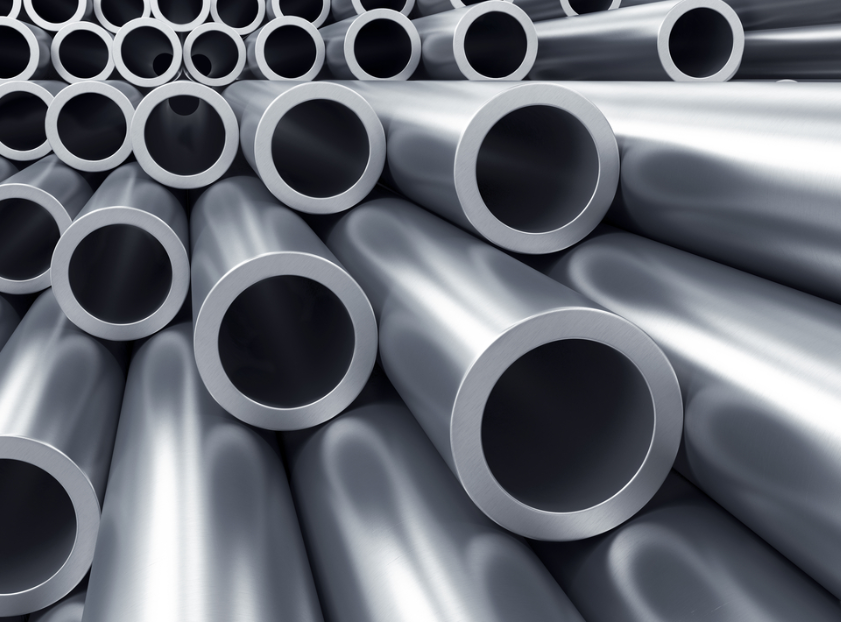
7. Dual-Shielded Wire:
Dual-shielded welding wires combine the benefits of flux-cored and gas-shielded wires. They have a flux compound inside the wire and also use an external shielding gas. This dual-shielding mechanism provides improved weld quality and increased resistance to atmospheric conditions. Dual-shielded wires are commonly used in heavy-duty welding applications, such as structural fabrication and pipeline construction.
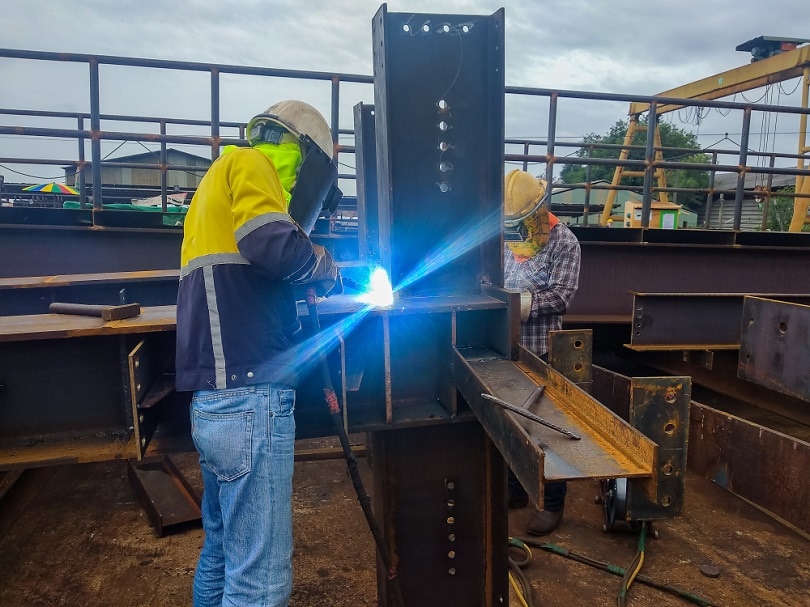
8. High-Strength Wire:
Specially designed for high-strength steel welding, the MIG welding wires exhibit exceptional tensile strength and resilience against impacts. Widely utilized in scenarios where welded joints endure substantial loads, such as the construction of cranes, bridges, and heavy machinery.
Conclusion:
In the realm of MIG welding wire, a plethora of options exists to address the specific requirements of diverse welding projects. Whether it’s solid wire, flux-cored wire, stainless steel wire, aluminum wire, carbon steel wire, low alloy steel wire, dual-shielded wire, or high-strength wire, each variant possesses distinct characteristics that render it suitable for a range of applications. The critical importance of selecting the appropriate MIG welding wire cannot be overstated, as it directly influences the attainment of high-quality welds and ensures the longevity and soundness of welded joints. With the continuous progression of technology, the welding industry can look forward to ongoing innovations in MIG welding wire, presenting welders worldwide with an expanding array of options and enhanced capabilities.
READ MORE: How to start a new startup business on Deepawali 2023




